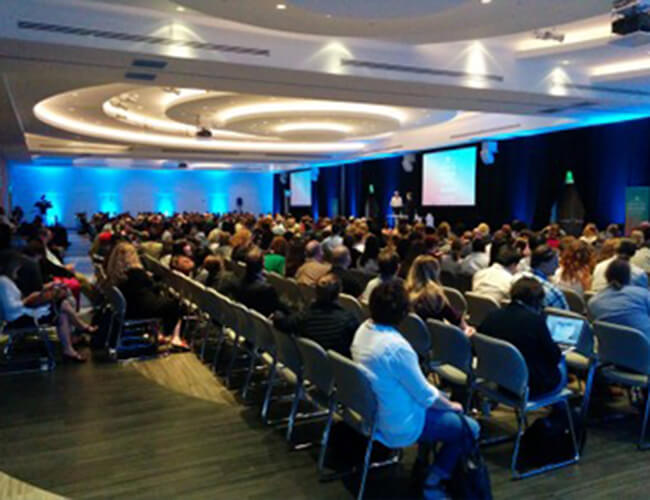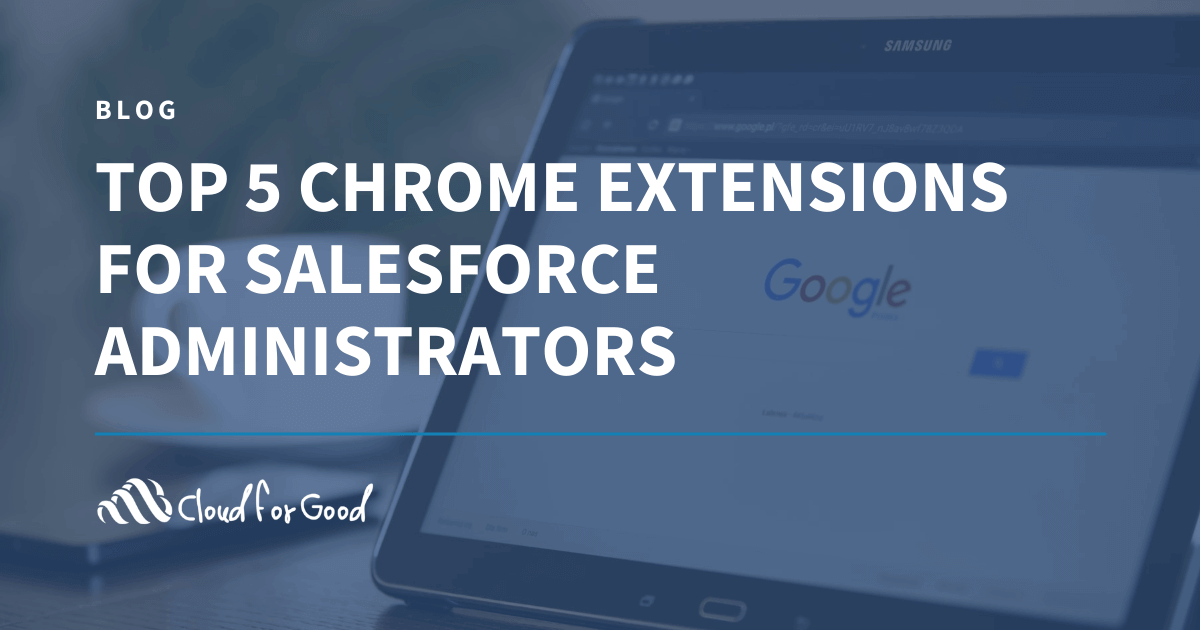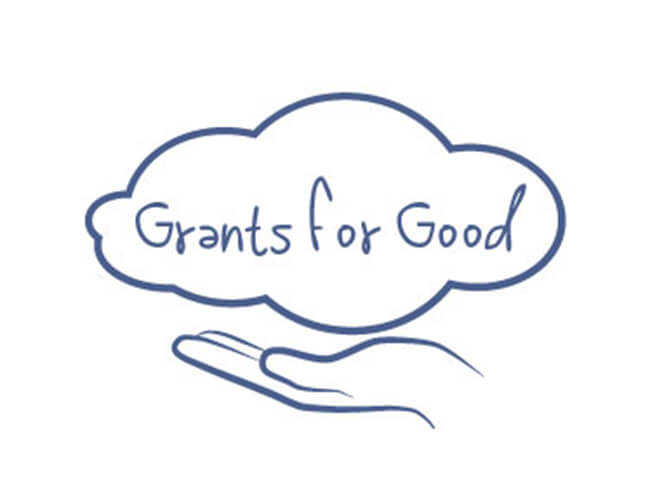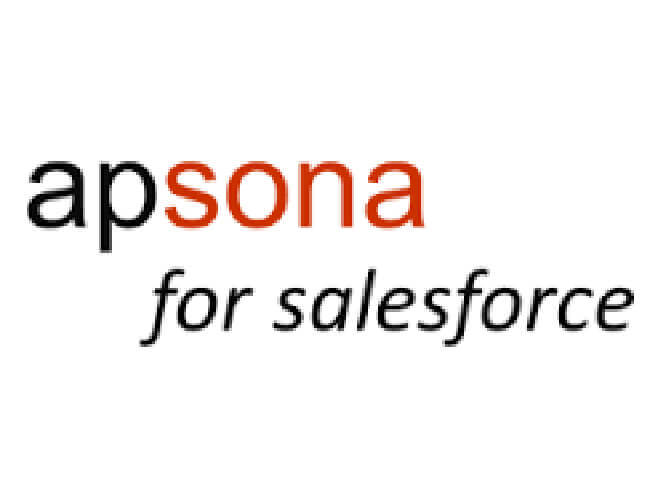
As a leader at your nonprofit – whether you are the Executive Director, Chief Information Officer, Salesforce Administrator, or motivated staff member, it’s up to you to decide how Chatter can work for you, and then make it happen. Read more to learn how to to prepare for a rollout.











